
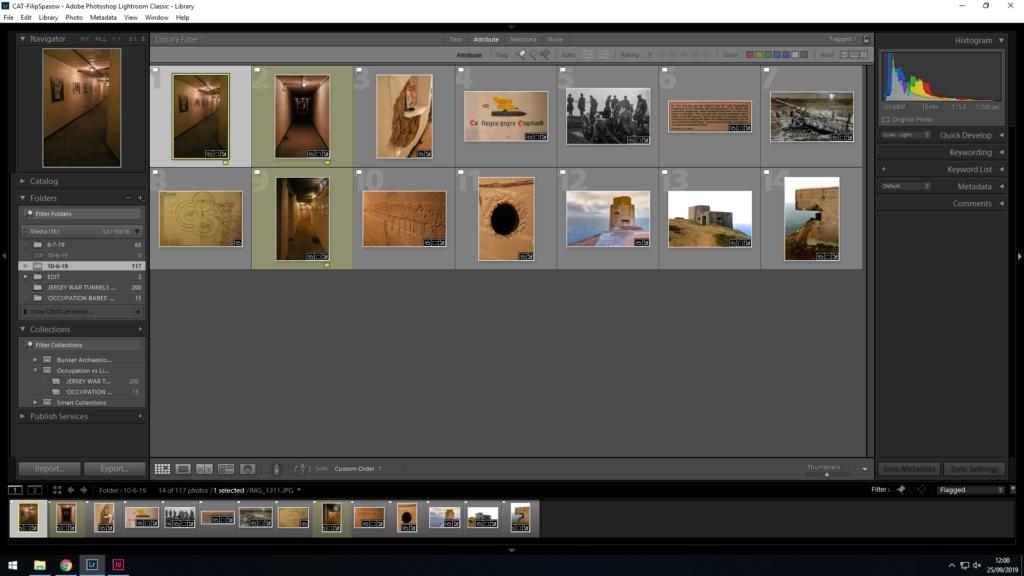
Edits

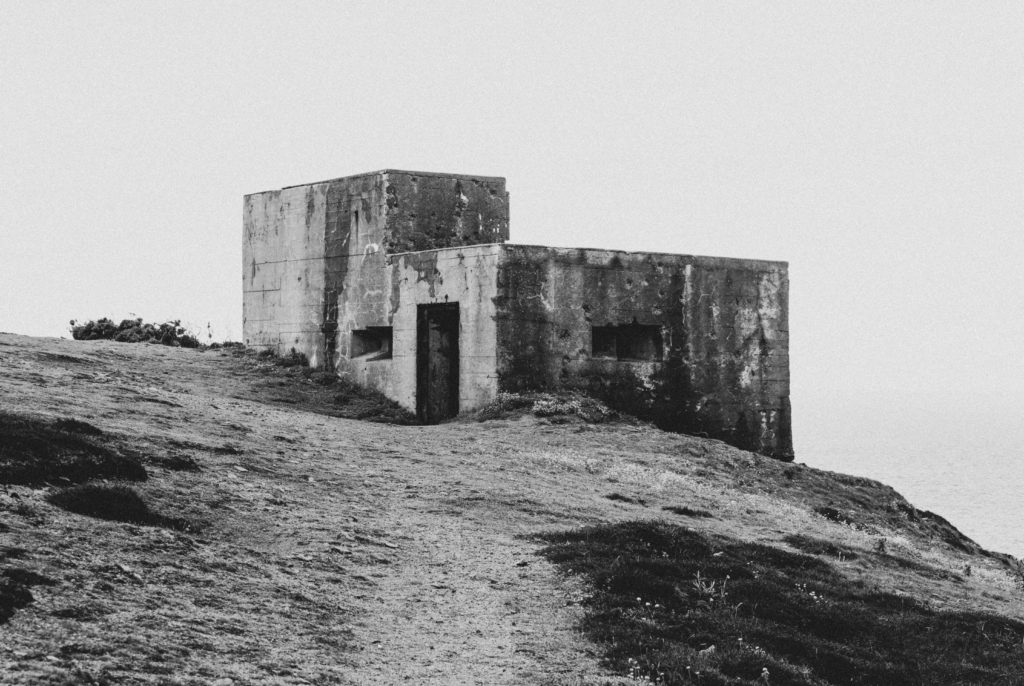






Archives take old text, images, books, notes, etc. and store them so that not only can future generations learn about the past, but it also helps keep an accurate record of events, people, objects and other documents from different points in history.The purpose of an archive is to keep a collection of original documents safe as well as keeping an accurate record of the past using different kinds of documents. Many archives are now making their documents digital by scanning them into a computer in order to digitally preserve them in case something happens to the original copy. This also means that more people can access these documents in order to do research.
Archives can also show how people have developed over long periods of time. Archives provide relevant and reliable evidence by acting as repositories, which means they are similar to a server which contains sets of packages, and these packages hold information on events that happened through history. This means that people can access sets of information from documents to pictures relating to a single event in the past.
Photography plays multiple roles when it comes to archives, as they can not only so accurate depictions of buildings, vehicles, and other older objects. As well as this, photography was also used to document landscapes so people can see the change from the modern day. Photos also show certain lifestyles and people that were living at the time, which is especially useful when it comes to the occupation.Looking at archival material will help enrich my personal projects and study, as it shows a vivid glimpse into the past, which i can use to get insight regarding photographers in the past. It will also help with my study knowing the style of a lot of these photographs, as many of them use quite a deep focus with fairly little bokeh.
I think that looking at these archives has been resourceful in terms of seeing the kind of events that happened in the past in such detail. I think this will help me throughout the project surrounding the occupation, as i will have some reference points using many of the photos from the archive (of which i have photos of on my phone) as well as other that i can obtain from Société Jersiaise.I have learned of the importance of archival photographs during the visit to Société Jersiaise, as they keep an accurate record of not only what the world looked like in the past, but the people in it, and also how much things have changed.
Archives are used to store peoples memories and preserve them so that the past is not forgotten. Archival organisations preserve archives and pieces of history for the public to use and look at the past.Archives contain primary source documents that have accumulated over the course of an individual or organization’s lifetime, and are kept to show the function of that person or organization. And also its a place where people can go to gather firsthand facts, data, and evidence from letters, reports, notes, memos, photographs, and other primary sources. they also keep records of many forms including correspondence, diaries , financial and legal documents, photographs and film. Most state governments, schools, businesses, libraries, and historical societies maintain archives. people also use archives in their everyday lives to create and store information about their personal and business activities and archivists identify and preserve these documents if they are of lasting value. In reality photographs are not objective and they are highly influenced by the perspective of the photographer so it makes people sometimes question whether the photograph is true or not? while the real question should be what does a specific photograph do? Because it can effectively represent an interaction with human memory and culture even if it contains biases or misrepresentation.

Due to Jersey being located between England and France it has a broad and rich photographic history. The local Societe Jersiaise photographic archive alone includes over 80,000 historical images dating back to mid 1900s.
Data archiving is the process of moving data that is no longer actively used to a separate storage device for long-term retention. Archive data consists of older data that remains important to the organization or must be retained for future reference or regulatory compliance reasons.
Archives are made also for normal people with access to phones or media to store day to day memories like photos or videos so these will never be forgotten, also theyre used for advertising, news, documentary, fine art, identity and anthropology. And one of their biggest abilities is providing visual history, knowledge and power.
To help me explore archives i asked my own parents to look up old photographs, documentaries or anything that can make up an archive of my past. My grandmother told me that she keeps an archive of my life in Jersey and it was a folder containing everything from my first ever vehicle to photographs of my travels around the island. I liked the archive because in years to come i can look back at the archive and remember how i used to live. And this is why archives interest me. The only problem with these kinds of archives is that they can be damaged or lost because it is just a folder with paper after all. So that’s where virtual archives come in handy as an online archive cannot be lost s easily except if of course you forget the password for some reason…or the data itself is held by an unco-operative body.

So there is no specific answer to whose archive is it as for example i am the creator of this blog post so to me i think this archive with the images in them belong to me but in the same time all my blog posts are under the control of a “gatekeeper” which is the company or source that runs the website so they might consider my blog posts as theirs so their is no real answer to the question in the end.

Our first task, to select the images we wanted to use, (the white flag), and deselect the images we didn’t want to use (Black flag).

The second edit, involved comparing pictures and giving them a rating, as you can see from this picture i have rated 3-4 images out of these selection.

Thirdly, we used the colour tool to select the images we liked (Green), and the ones which we weren’t going to use (Yellow)
An archive is an accumulation of historical records or the physical place they are located. Archives contain primary source documents that have accumulated over the course of an individual or organization’s lifetime, and are kept to show the function of that person or organization. An archive is a place where people can go to gather firsthand facts, data, and evidence from letters, reports, notes, memos, photographs, and other primary sources. Archives are records that have been naturally and necessarily generated as a product of regular legal, commercial, administrative, or social activities. They provide evidence of activities and tell us more about individuals and institutions. They tell stories. They also increase our sense of identity and understanding of cultures. They can even ensure justice. Archives are vital concentrators of knowledge because of their role in centralizing access to records. Records are essential extensions of human memory that can be used to help bind society together and serve as tools of social justice and reconciliation.
Archives are repositories of memory, providing reliable evidence for examining the past. Archives therefore serve an important role in identifying and preserving the documentation that forms one’s historical memory. Archival memory is a social construct reflecting power relationships in society.
Photography can form a double role with archives by showcasing a person or an organisation. Photography can be used for fields of science, manufacturing (e.g., photo lithography), and business, as well as its more direct uses for art, film and video production, recreational purposes, hobby, and mass communication. Photography can also show a link between past and present events, therefore creating an image of what places/things used to be like.
David Bate’s text explains that museums often used archived and artifacts to present a particular cultural and or historical moment in time. A museum acts as a repository of cultural memory for future generations. It can act as a focus for community events, and as a great ‘attractant’ for incoming tourism for the country. He also says museums aim to create a story and states that items are “often chosen from a vast repository aiming to construct a particular story”. Next, he discusses the British Museum and how it’s first official photographer was employed in 1854 to document it’s artifacts. One photographer (Fenton) took photographs of the museums interior, the aim was to create an impression of how it was to see these items in the Victorian era. The photographs were said to ‘evoke a “pastness” which was also to create an ‘atmospheric space’ and a ‘kind of silence’. This conveys that the photos are creating a presence and being around them, showing attributes of the past and present
One artist mentioned in Bate’s text was Louis Lawler. Her photographs feature artworks in private homes, public museums or auction houses. Her art is there to show how art is contextualized or de-contextualized by their environments. Her work is showing the behind the scenes of the artifacts, which gives it a different feel and changes the minds of people looking at the work displayed, making them look at it differently.
Another artist from Bate’s text is Susan Hiller. Bate’s touches upon her collection “Dedicated to the unknown artists 1972-6”. It is a collection of three hundred post cards from all around the coast of Britain. Each postcard shows an image, variously hand-tinted and black-and-white and several of these postcards are paintings. Hiller’s work conveys a very powerful yet simple feel and shows the culture stored in archives.
Researching and exploring the ideas of archives has really helped me with my personal studies of archives. It also guides me with the project of Occupation in Jersey by further expanding my knowledge on the occupation and how life was like. Going to Société Jersiaise archives really helped with research as well as the images and artifacts I was able to view really sparked a interest and gave me a better understanding of Jersey’s struggles and living condition in the time of the occupation. It also helped my personal studies as it helped me make a decision on whether I would do landscape or portraits for this project, and if I would stick with just one particular subject matter.
Archives have developed and changed at the same time the world has. People around the world now have access to the internet and can save and document their memories and events that happen in their lives on their phones or computers. Archives have developed to preserve historical facts, times of places, societies, mass institutions and personal archives of people and families. This is a great thing as people around the world can see and experience different cultures by looking at these archives. Even though the world is mostly technology based, there is hope that these archives will still be around to educate people on the past and inspire others to make memories and archives of their own.
In my archive of adulthood I wish that there are photos of my travels, jobs, kids, family and loved ones. I wish to document my children growing up through photos to then later on show them to grandchildren. I think that having photos and home videos of you as a child creates a nostalgic feeling, which is a lovely experience. Also, I hope to take home videos to watch with my family as I feel it is something personal we can all watch and relate to, and also watch ourselves being with the people we love. I believe archives are a great way for me to document my life.
I have learned that archives lay a huge role on protecting and preserving vital parts oh history and if we didn’t have them we would not be able to know what happened in the past of the world. It also gives insight on multiple different societies, cultures and backgrounds. I believe that archives are amazing for saving personal memories and stories through photographs, letters and so on.
In conclusion, archives play a big role in a photographers work and in preserving parts of cultures and places. Archives provide a connection to the past and help us to comprehend things that happened before us and give us a better understanding of how things were like in the past. Archival material helps to create a narrative to show changes in time, for example: the Occupation of Jersey show the bunkers, diaries and letters of the past, which helps us to create the story of what it was like in the Occupation.
Archives can mean many things to many people. They can give insight into the past; help document the present and aid prediction into the future. They can be public or private and contain different images ranging from family portraits to images of sporting events of national monuments. They can be seen as an incredibly useful tool by modern photographers, who wish to study and potentially recreate past images in the modern day or document change over time to places, people or objects.
One of the defining aspects of achieves is if they are publicly accessible or if they are private. For example, places such as Societe Jersiaise are public archives where anyone with an interest is able to visit the achieve either online or in person and view the images it has to offer. This is useful as it not only allows for the archives studied to become more widely publicised and popular, but it also allows for the local community to gain a broader understanding of the local area and history, potentially engaging more peoples interest and encouraging further investigation which benefits the archive.
However, not all archives are public and private archives encompass the archives of non-public organisations including businesses, charities, religious bodies and private individuals. A vast array of societies and associations also use private archives such as political parties, pressure groups, sport and recreational clubs, and businesses. Private archives can be very useful politically, due to restricting public access to images that could dampen reputations of government officials or to restrict information given to the public about certain events and stories that may be perceived or found to be inaccurate after reviewing the whole picture.
Another talking point relating to the question directly could be posing the question of who’s achieve actually is it? This question could be interpreted as a way of looking into the relationship between public and private archives and discussing as to who really benefits from the archives and why. For example, as mentioned briefly it could be the contrast between public perception of people or events due to images being placed in public or private archives based on what the archive or organisation would like the public to perceive.
Overall archives can be viewed to have many uses to many different groups of people. Ranging from the photographers who captured the images, to the organisations the images benefit or disbenefit, to the people who study and review the images and who also recreate them. Therefore, making it uncertain as to who’s achieve it ever is.
An archive is a collection of documents usually consisting of very different types of documents such as photographs, paintings and other written documents. There are different types of archives that people keep publicly and privately. Private archives are usually used to show family history and keep a record of a specific family. Whereas public archives tend to show a broader history of where the archive was made. These are used to allow newer generations of people get a greater understanding of the events that may have happened to their families or to the place they live. They function through collections of items such as legal documents and photographs from a period in history to give a broad insight of what it was like to live back then as well as more personal things such as diaries to show what a specific persons life was like. New items can be handed in to a lot of archives if they are specifically items from history, and historical areas that are covered in that archive.
Archives act as repositories of memory as they provide reliable evidence of past events and allow us to deeply examine peoples personal and collective view of how an area was like in a past time. Archives also split off different parts of history into different sections and sub-sections so that if you want to see a specific part of history, you can narrow down your search to only photography from then or different types of documents from them. They normally have cultural connections to the place the archive is from and can show how our culture has been shaped and changed since then.
Photography can perform a double role within archives. Not only can they display someone’s life or how the world was, through the informative use of documentary photography, this being the main reason for a lot of the photography in war archives. This type of photography will usually be very clear and understandable as this is the reason it was created. The other way photography can be used is through the artistic side of it, with people creating photography specifically tailored towards showing something they want to show which may not have a link to what was happening at the time and could just be separate. Though, a lot of the time photography links to things happening at the time such as war, creating a double role by showing it in either in an explicit or implicit way by creating an obvious or distant link to an event happening, and producing it in their own artistic way.
David Bate’s text allows us to see how he thinks about archives will be used with museums as they have a collection of documents and old artifacts which will allow museums to create displays of particular historical events and how culture has changed, with very accurate information on them. In his text he refers to museums use of archives as a “vast repository aiming to construct a particular story.” This is him saying that he believes museums should be creating either a never-ending story of an area or showing the story of a particular area through a certain event. In Bate’s text he also talks about Fenton, hired in 1854 to document the artifacts within the British Museum through photography and to show what it would have been like to see the items within the Museum in the Victorian era. The images are said to “evoke a ‘pastness’”. This shows that they have been taken in a way to make the people look at them and see the past through a barrier rather than just see a place within the photos.
For my own personal study. I am going to look at the Occupation of Jersey and how it has really changed and developed the island into something completely different than what it could be. Through the landscape of the island changing due to the bunkers and historical monuments left behind from the war and the people who lived on the island through the war and how they lived during the war. The most obvious and easy part of this to see is the bunkers and war tunnels left behind from the war, and how parts of them have been rebuilt such as the guns and the bunkers have been uncovered since they were filled in after the war. The archived material from the time will also help me out to see how people lived and what people had to sacrifice throughout the war, through the use of different peoples personal diary entries or documentation such as photographs from the time, I should be able to get a bigger feel of what it would be like to live back then and may help me stage some photographs a lot more easily. The use of the archive will also give me an in-depth insight to the other things that happened in the war such as the use of slaves to build bunkers and other fortifications, and how bunkers have been eroding and falling apart over time due to the length of time they’ve been around.
Looking at the photographs and some other documents from the archive has given me a much wider view of what everything looked like in the days of the occupation of Jersey. Not only how the bunkers used to look, before being uncovered and rebuilt, but how different parts of St. Helier looked before the war, which I can use to compare to how it is now. This will allow me to get a bigger understanding of how some things have changed within the island over the past seventy-five years.
In conclusion, archives serve a purpose to allow people to see how things have changed over time in an area, and to display history accurately to newer generations of people. They can preserve peoples artistic work, different types of photography and documents through the use of newer methods such as digitalisation and placing plastic covers over the documents. I have learnt about the importance of archives and from seeing images from the archive I have seen that these images show a glimpse into people’s lives and how things were in the occupation.
It is important that you develop your own set of images and experiments with different photographic techniques, approaches and styles to create more visual material that you can edit from in your final sequence of images as you work towards creating your ‘zine.
Essentially we want you to develop your own visual language and create a unique set of sequenced images that reflects on how you respond to Bunker Archaeology and The Atlantic Wall.
Experiment 1: CROPPING – complete by Thurs 27th June
Using cropping tool only begin to make some radical changes by selecting areas of your images for a different visual impact. Produce at least 3 different crops for 6 images.
CROPPING can create a sense of impact and drama in an image, as well as fine-tune the composition. However…cropping can also de-contextualise a subject within the frame. This can be used to great effect…or can change the nature of an image radically.
One of the founding fathers of Documentary Photography Walker Evans used cropping as part of his work. Another pioneer of the photo-essay, W. Eugene Smith also experimented with cropping is his picture-stories
Read more here on Walker Evans and his magazine work and his series Labour Anonymous here on W. Eugene Smith.
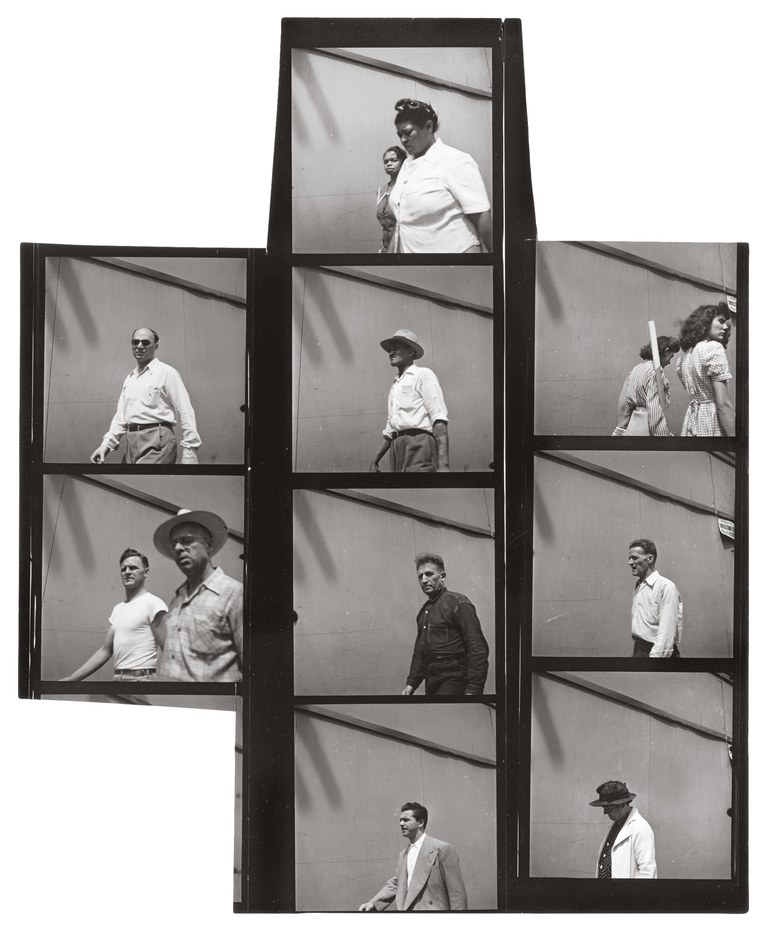
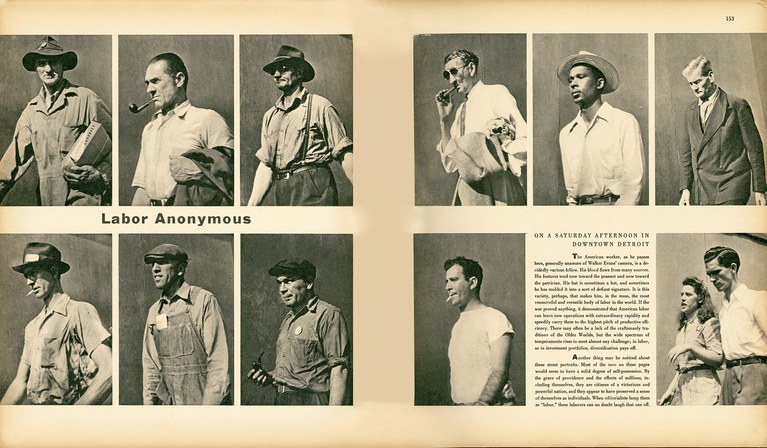
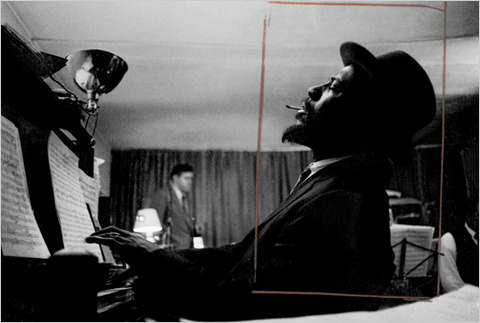

Experiment 2: COLOUR > B&W ADJUSTMENTS complete by Thurs 27 June
Using your tools such as White Balance / Exposure / Levels / Curves / Brightness /Contrasts / Colour Balance / Hue / Saturation / Colour overlay / double or multiple exposure and make radical changes to the overall aesthetic of the images. Try and adjust images according to your visceral quality – relating to your deep inward feelings rather than how something looks! Produce 3 different adjustments with images
Experiment 3: MONTAGE > COMPOSITE IMAGES complete by Thurs 27 June
Using your skills in Photoshop that you learned at AS begin to work with different montage / collage / cut ‘n’ past/ composite / Layers / Masks / Opacity / Blending modes / Brush techniques using both DIGITAL and ANALOGUE methodologies.
1. Select 5 images from your bunker shoots and produce at least 3 different collages combining two or more images / people / landscapes / text / typography / colour / shapes / textures/
2. Combine your images with images from the Photo-Archive that relate to the Occupation / Liberation of Jersey. Go to the folder below and choose 5 images that you selected on our research day at Societe Jersiaise.
M:\Departments\Photography\Students\Occupation of Jersey
3. Newspaper cuttings: Select 3 photocopies from newspaper cuttings from the JEP that relates to the subject of Occupation. Combine these with either your own images and/or archive images following the same instructions as above.
4. Print out 1 of your own images and 1 archive images on the Laserjet Printer and manipulate the prints by destroying it in 5 different ways and re-configure using scissors / tape / cut-n-paste / glue. Try and manipulate the printed images using your body / hand/ face etc .
JUXTAPOSE AND OVERLAY YOUR IMAGES—SUPERIMPOSE OTHER IMAGES, AND CUT-N-PASTE USING SCISSORS, TAPE, GLUE ETC…
https://www.format.com/magazine/galleries/art/best-collage-artists-portfolio-inspiration
CREATIVE POSSIBILITIES…
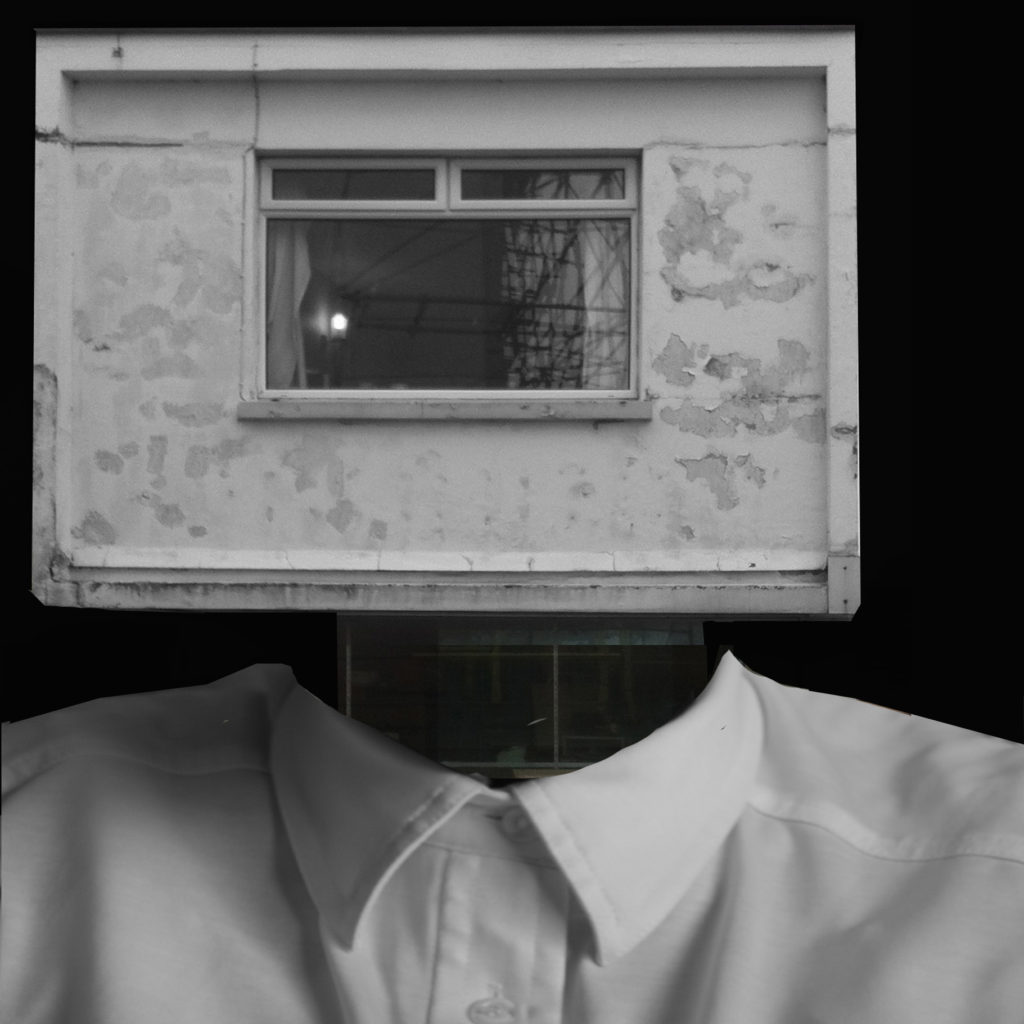
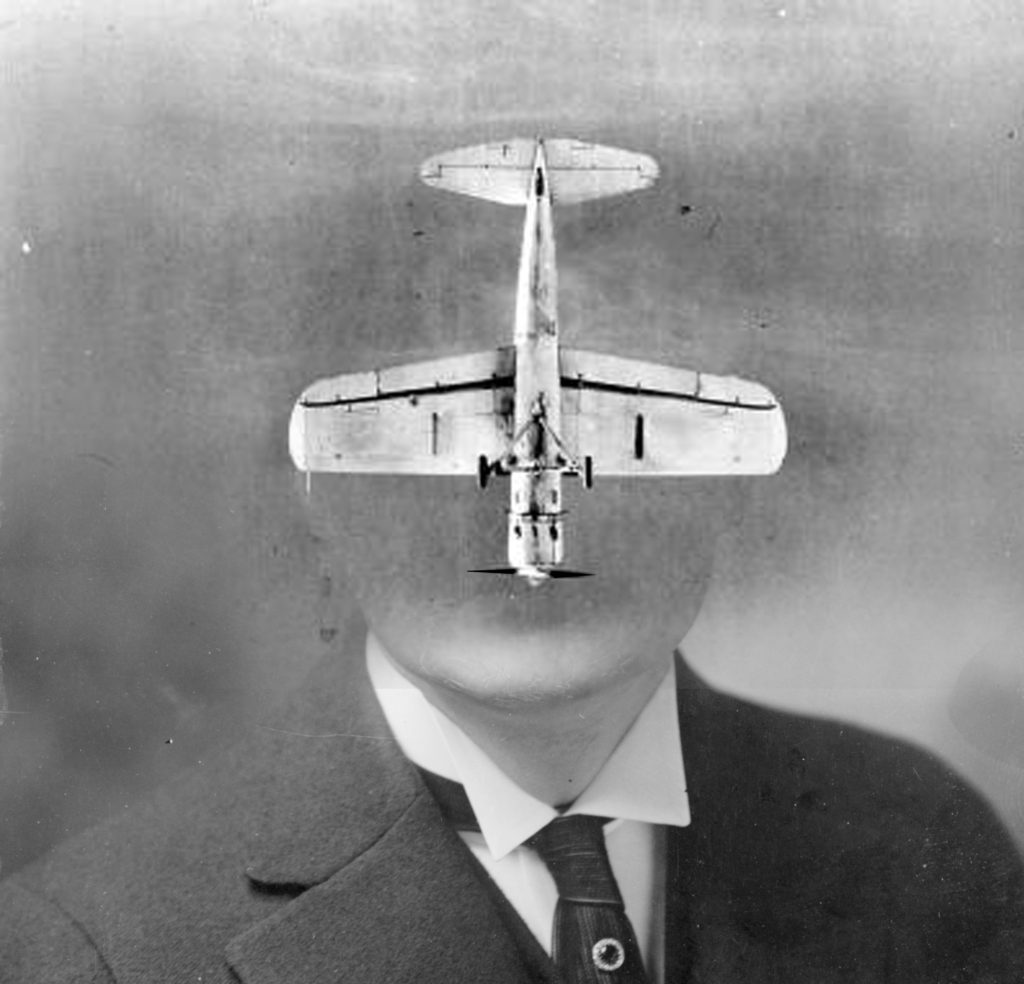

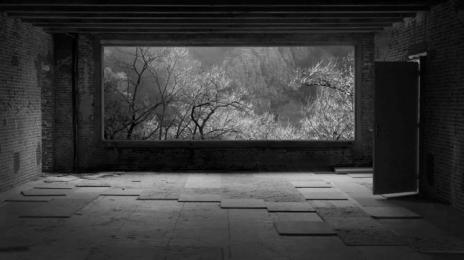
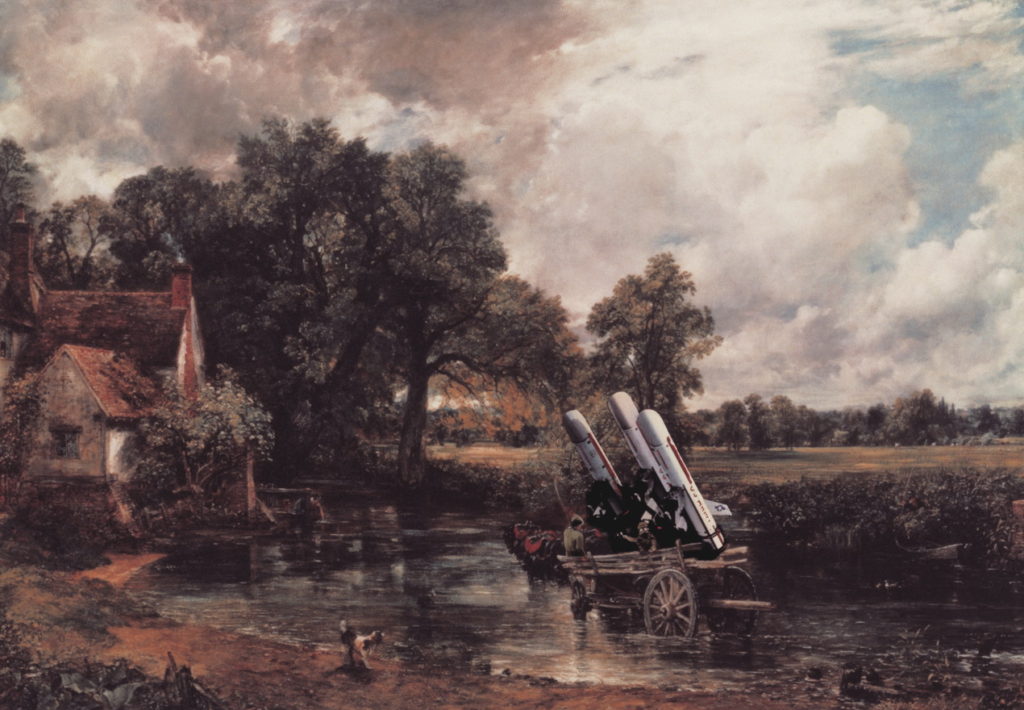
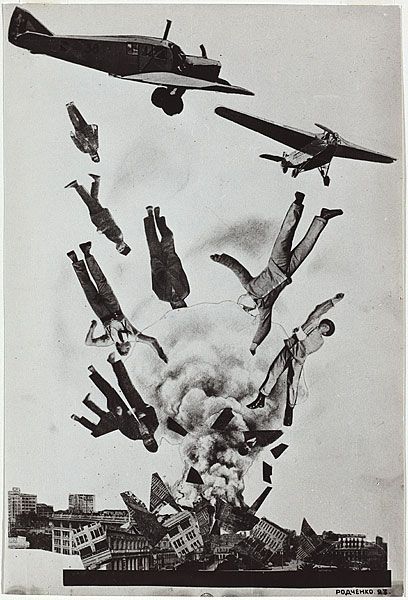
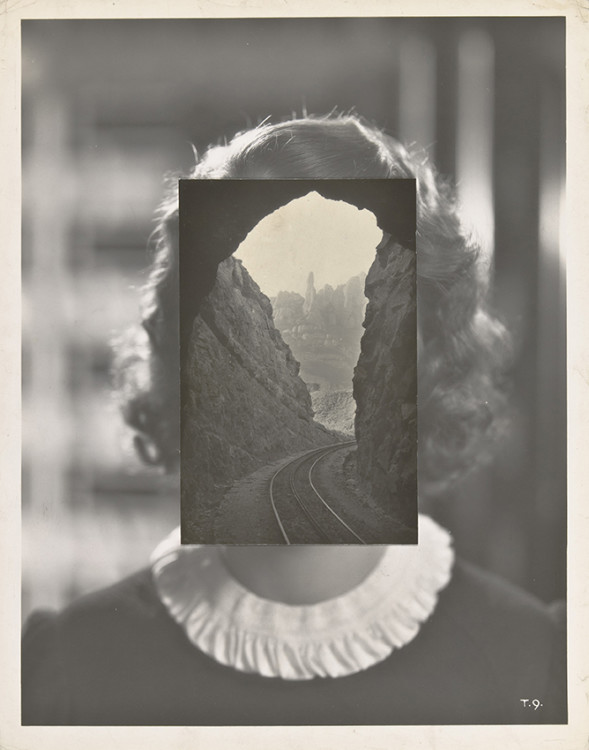
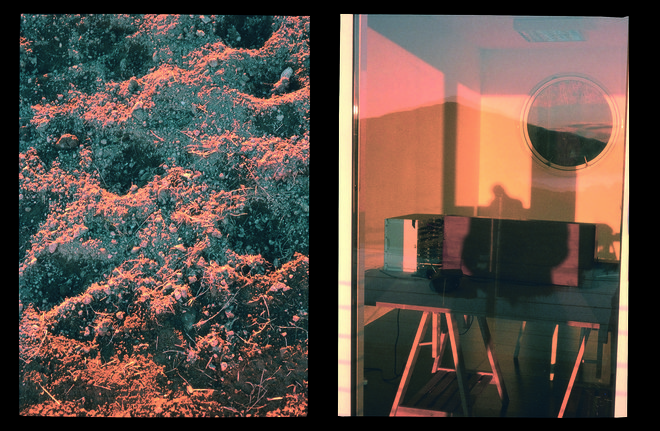

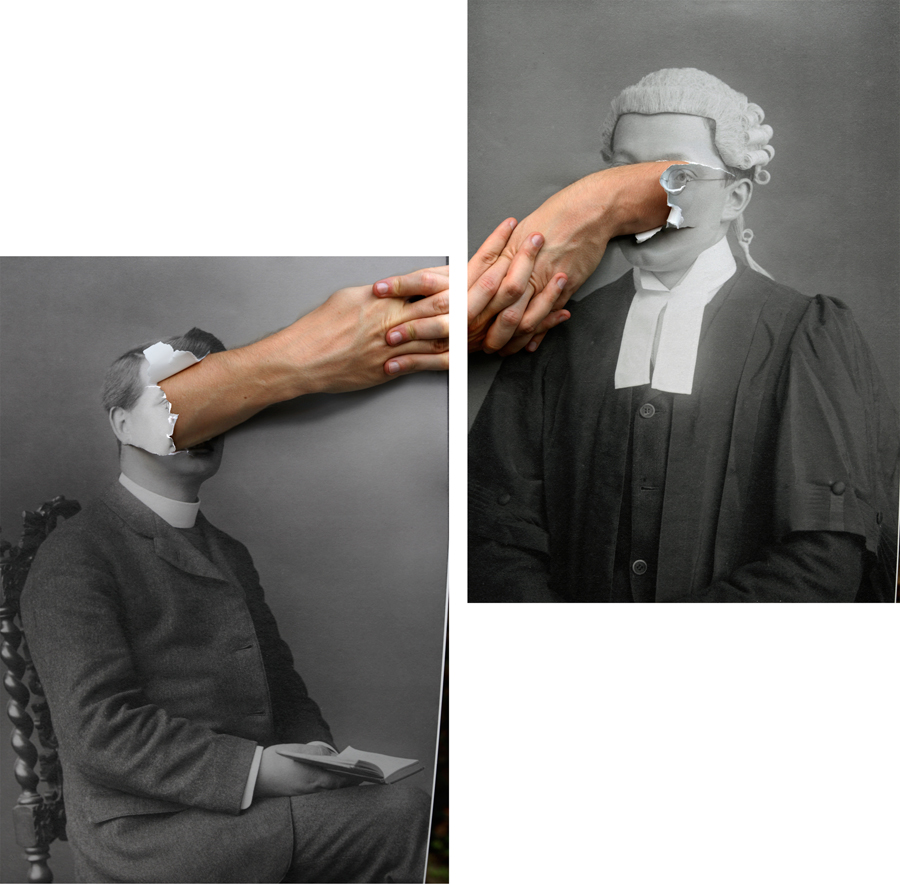
Look at Jonny Briggs for visual inspiration
Read more here
ONCE YOU HAVE MADE A SET OF EXPERIMENTS USING VARIOUS TECHNIQUES YOU MUST MAKE AT LEAST 1 X BLOG POST THAT SHOWS YOUR DEVELOPMENT OF IDEAS—INCLUDE YOUR INFLUENCES AND FINAL OUTCOMES
RE-VISIT AND RE-SHOOT – complete by Mon 1 July
Here are few things to consider for your second shoot
Record sounds or video as another visual layer / audio ambience that you could incorporate into your project e.g select individual frames from video and edit as a sequence in a time line. Use audio to record conversation with people you meet or use it as dictaphone to record your own feelings in a diary form.
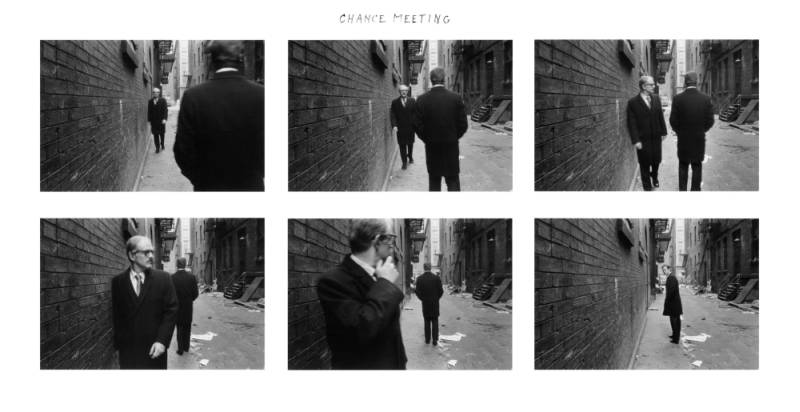
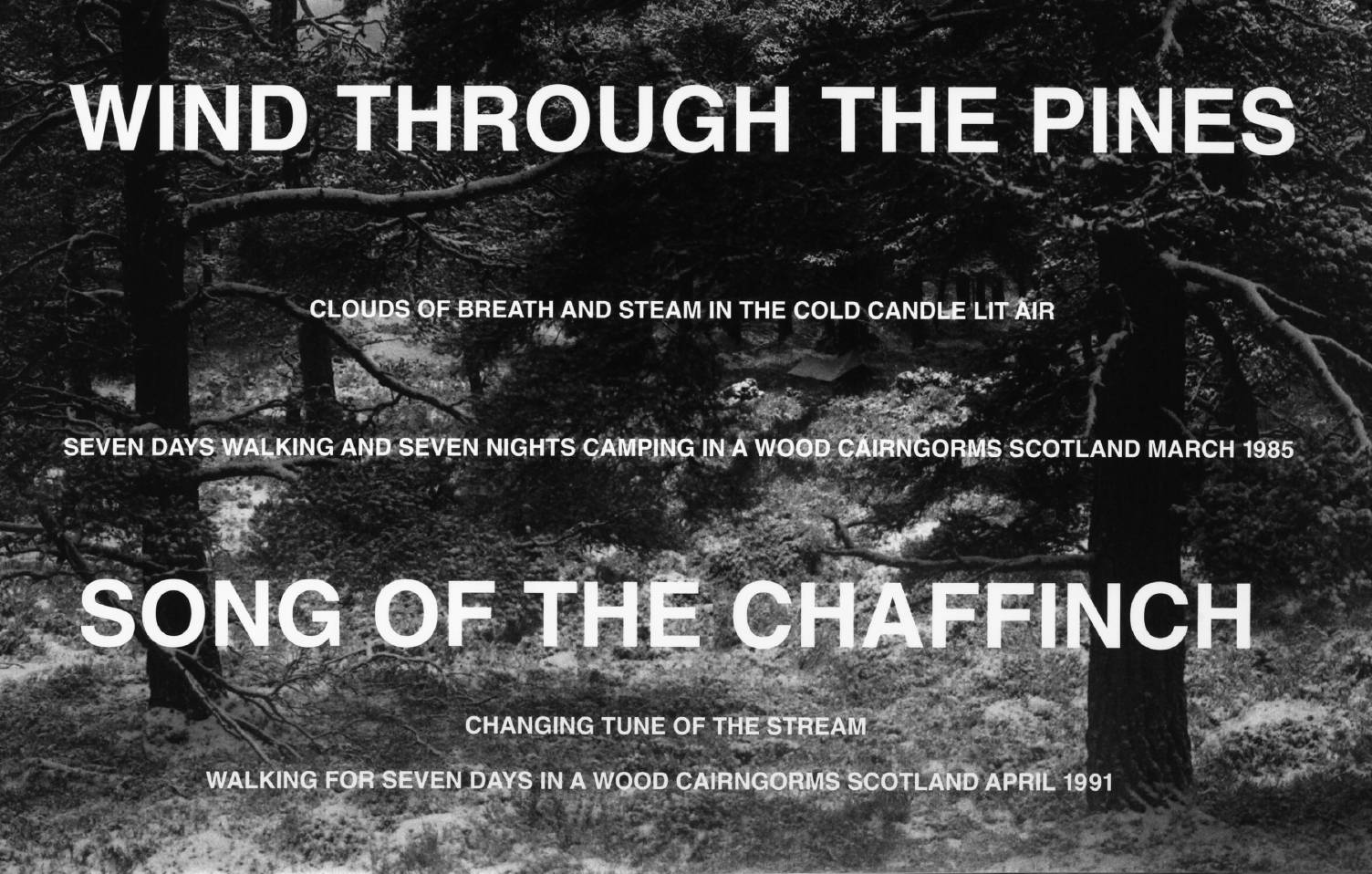
Here are a few pointers – but not exclusive – please add your own thoughts/ ideas/ concepts/ brainstorm etc.
Remember : a sense of risk and an opportunity to go beyond the norm or unexpected is encouraged.
Archives are accumulations of of historical records. An archives purpose is to conserve artifacts like document. photography and artwork. They differ from a library because they hold both published and unpublished documents. A person who works in archives is called an archivist. The study and practice of organizing, preserving, and providing access to information and materials in archives is called archival science. Archives are accumulations of of historical records. An archives purpose is to conserve artifacts like document. photography and artwork. They differ from a library because they hold both published and unpublished documents. A person who works in archives is called an archivist. The study and practice of organizing, preserving, and providing access to information and materials in archives is called archival science. Archives are accumulations of of historical records. An archives purpose is to conserve artifacts like document. photography and artwork. They differ from a library because they hold both published and unpublished documents. A person who works in archives is called an archivist. The study and practice of organizing, preserving, and providing access to information and materials in archives is called archival science.
Photography plays a double role in archives, one being the visual imagery and two being the story, they act as a narrative. Although a photograph is an image it also tells a story and provides evidence to historical narrative.
Roger Fenton was mentioned in David Bate’s extract named ‘Archives, Networks and Narratives’, it talks about how archives create an historical narrative via the memories savored in the artifacts. He was one of the first war photographers, he was born in 1819 into a Lancashire merchant family. He first started out being interested in art and gaining a degree in the subject but later was became intrigued by the new technology of photography after having seen early examples at ‘The Great Exhibition’ in 1851. In 1854 he became the British museums first photographer by documenting its artifacts, similarly to how an archive collects artifacts. Fenton started as a photographer of cuneiform tablets which are one of the earliest systems of writing invented by the Sumerians, once he started working for the British Museum he began to take pictures of other antiques. His time at the museum ended when money became scarce. In David Bate’s extract he talks about how photos act as a collected artifacts that we display in museums but also how a single photo is a form of archive in its own way. A quote from Bate’s extract that really stands out to me is ‘Archive photographs not only record objects and events, they also produce a meta-archive, with meanings that can be mobilised in other times and new contexts.’ I feel this highlights the idea of the double role of archives, on the surface they are just a place to preserve documents but the more you explore them, the more you find meaning behind the photos being stored.
Sadly, I feel that in the future archives won’t be so common because social media is such a big part of our lives and we share picture with everyone constantly whether it be on snapchat or instagram etc. Nowadays we just save our pictures onto the cloud to look back to in the future to remember old times. I feel as if my generation has luckily just missed the whole digital age as I do have physical film camera photos of me as a young child but my youngest siblings don’t really have any printed pictures, they are all on phones. Physically having a photo to hold in my opinion is more nostalgic and sentimental, I don’t feel that having photos on my camera roll hold as much value as a paper photo does.
Archival material will help to enrich my personal study by giving me a more in depth idea into the types of photography in the occupation, what the photographers at the time thought we essential to capture as a photo. It also highlights the importance of preserving and storing these images as a reminder of the Islands past and how much we have developed photography technology and how much the landscape has changed. For instance I will be able to identify certain landscapes in Jersey when they were in the occupation and compare tit to how it currently looks. As well as that it could provide insight into my family history and how they lived during the occupation in Jersey, this interests me as I want to know more personally about experiences along with photography, I think it would be useful to research into peoples first hand accounts of what Jersey was like in the occupation, these types of documents can be found in the Jersey Heritage Archives.Seeing raw photos from the time of Jersey’s occupation gives you more an insight into what photography was like back then, the techniques, the focal points, the people.
Looking at the archives was resourceful because it made me aware of the archive system, how it works and how you can obtain the documents for personal usage. Ir’s also just useful to know that we can as students use the photos as references to our work as I was previously unaware we could do so.
To conclude I have learnt from the trip what its like to conserve documents and the importance they hold to keeping Jersey’s history alive. Also that you don’t just put the photos in a box and leave them be, it actually involves maintenance to preserve them, I was unaware that the Societe Jeraise even existed so I have discovered a useful resource for this project. Overall I have just gained more of an appreciation for archives, even though I’m not hugely into history it is intriguing to see what Jersey used to be like and how photographers of that time used what they had to their advantage to capture the harsh truth of the occupation, in my opinion they had real guts for what they did, it can’t have been easy to do that for a living in such sad and prejudice times. Without these photographers we wouldn’t have the simplistic idea of what Jersey used to look like, we would only be able to assume and interpret. It’s very helpful for photographers these days to take old sources and base their work on them for inspiration.